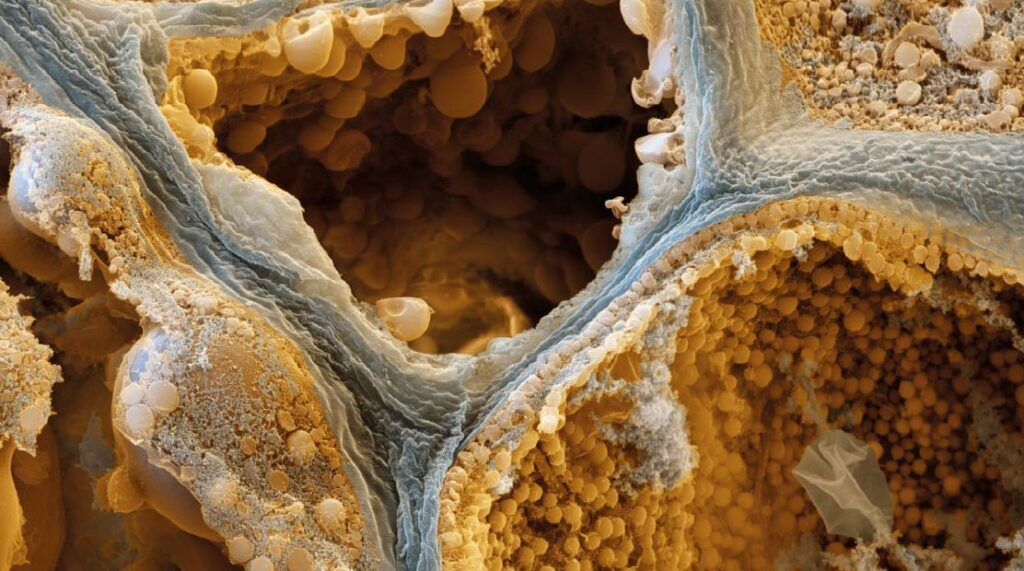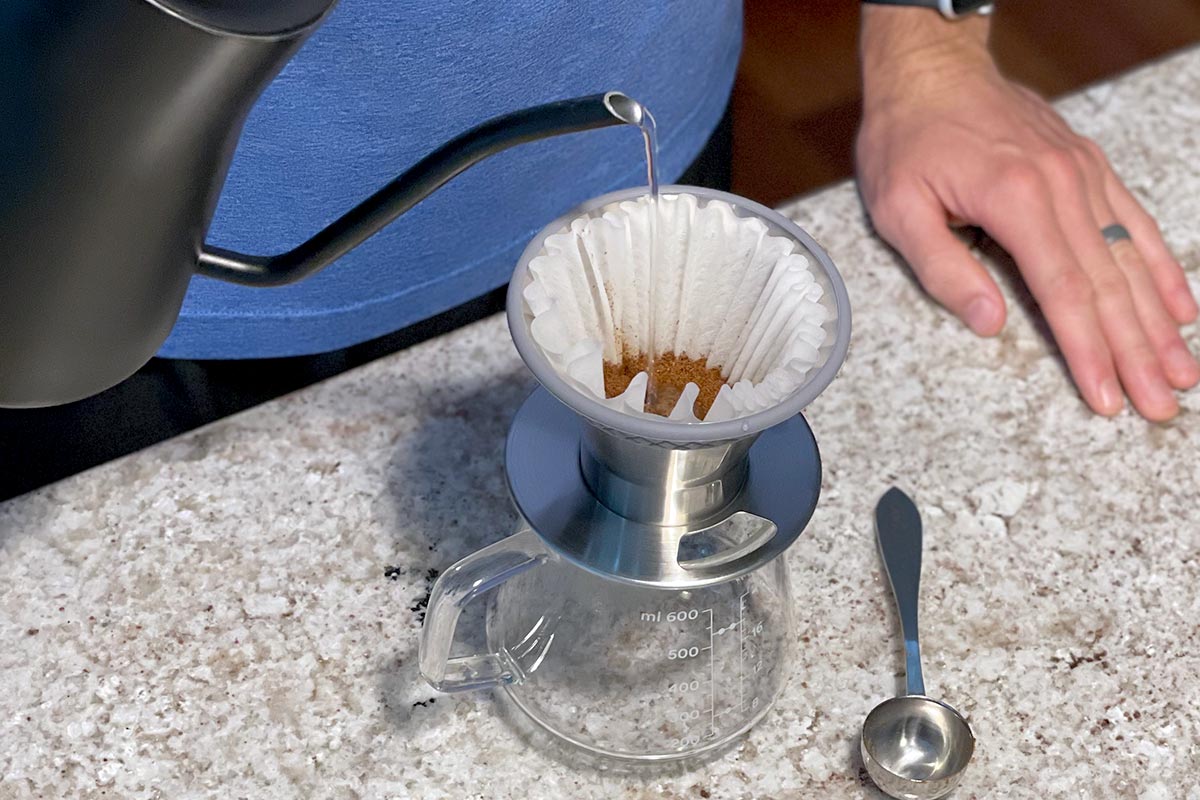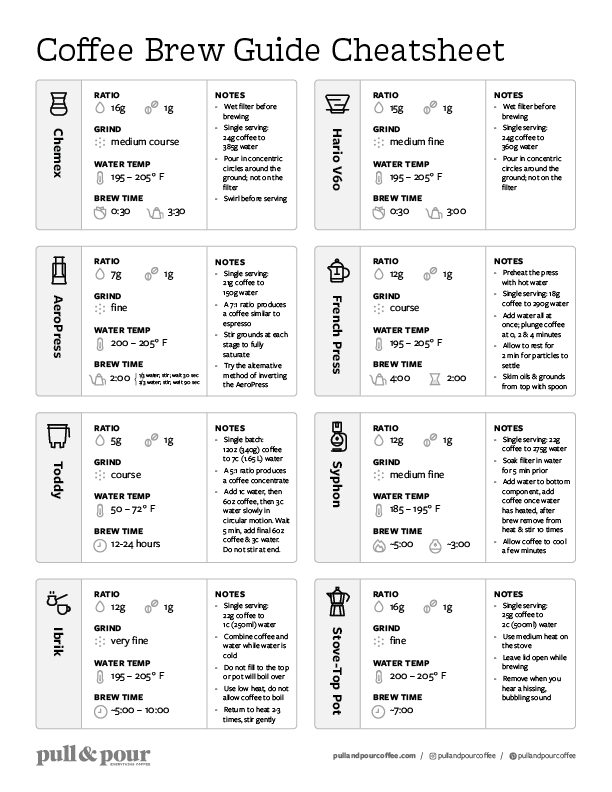There are a few steps or phases in brewing coffee and the number of steps will differ depending on the brew method. The reason we have the different phases when brewing coffee is to get the most out of our coffee with every brew. Below I outline what these phases look like for some of the most popular brew methods including pour over, immersion and espresso.
The Brewing Phases of Pour Over Coffee
The pour over brew method has three stages: the bloom, the dilution and the draw down. Let me dive a bit deeper into each stage.
The Bloom
The bloom is the first stage in brewing coffee using the pour over or percolation method. This is the first time coffee comes in contact with water. In this stage you usually pour water equal to two to three times the weight of coffee. When the water meets the coffee, the water starts to navigate through the coffee cells and it expels any gas that is trapped within the coffee particles (this process is known asa degassing). When we then pour water in the subsequent stages, the water has an easy, unobstructed path to navigate through the coffee and extract all the great flavors and aromas we enjoy so much.
Degassing: The process of releasing gasses from roasted coffee at the beginning of the pour over brew process
The Dilution
In the dilution stage we add the remaining water for our brew. It is during this stage that most of the coffee gets extracted. The dilution can be broken down into multiple pours or just one continuous pour depending on your brewing technique. As we continue to pour water on top of the bloomed/degassed coffee, the water has a clear path to travel inside the coffee cells and extract the solubles from within.

To make it simpler assume that you have to travel from point A to point B and in your path there is a mountain, now travelling from A to B will be a lot easier if there was a tunnel bored right through the mountain. In a similar sense the water used for blooming the coffee helps in creating a tunnel for the water which will be poured in the dilution phase of the brew.
Draw Down
This is the final stage of the pour over brew process and the only stage you have very little control. Once you are done pouring the water onto the coffee bed all that remains is for the water to percolate through the coffee. The moment one has finished pouring the entire weight of the water the draw down begins. By this time most of the coffee has already been extracted but its during the draw down when the water extracts that little bit extra to ensure we fully extract the coffee and create the balanced final cup.
Immersion Brew
The immersion brew has far less stages than the pour over process. Immersion brews have one long stage because all you do is immerse the coffee in the liquid and let it rest. If you have brewed using a French Press you would notice a crust forming on top of the water. It is beneficial that we break the crust about halfway through the brew. This helps to better extract the coffee and gives us an extra level of complexity we might have missed out on had we left the crust on. The reason for doing so is simple, the breaking of the crust agitates the whole brew and temporarily boosts the extraction of the coffee. This also allows the coffee grounds floating on top to sink down to the bottom, which results in fewer sediments in the cup of coffee after pouring it.
The Espresso
Even though we can’t see what is really going on inside the espresso machine and we tend to assume that the whole brewing process is one continuous operation, when making an espresso there are actually a few steps involved.
Puck Preparation
The first stage in pulling a shot of espresso is preparing the puck in the portafilter. The coffee grinds must be distributed as evenly as possible and any lumps in the grind must be broken up. The coffee must then be packed tightly using a tamper and applying sufficient pressure to ensure that the coffee is packed as evenly as possible. The even distribution and tamping of the coffee must be done to ensure that all the coffee receives equal amounts of water and all parts of the puck offer equal resistance to the water in order to prevent channeling during the brew.
Pre-Infusion
In the pre-infusion stage, the espresso puck is filled with water at a low pressure and the coffee is wet with water for a few seconds before the bulk of the pressure gets applied to the coffee. This pre-wetting/pre-infusion of the coffee is similar to the blooming stage in a pour over brew; the only difference being that the coffee being so finely ground has a very small inner cell structure that wetting the coffee for just a few seconds expels any trapped gasses and creates a path for the water which is to follow.
The Shot
In this stage the pump within the machine generates sufficient pressure for the water to be pushed through the bed of coffee in the portafilter. During this actual phase there are not as many variables we can change on the fly. The final result will depend on how well we prepared our shot and a variety of other settings we’ve made before initiating the shot (water temperature, pressure, dosage, etc.).
The Bottom Line
In summary, coffee brewing has primarily two stages, the first stage where we get rid of the gasses that are trapped within the coffee grinds and the second stage is actually extracting the coffee using water. While each brewing process is a bit different, the overall principles remain the same.
I hope you found this useful in understanding the brewing process. If you have any questions, be sure to reach out and I’d love to help.

